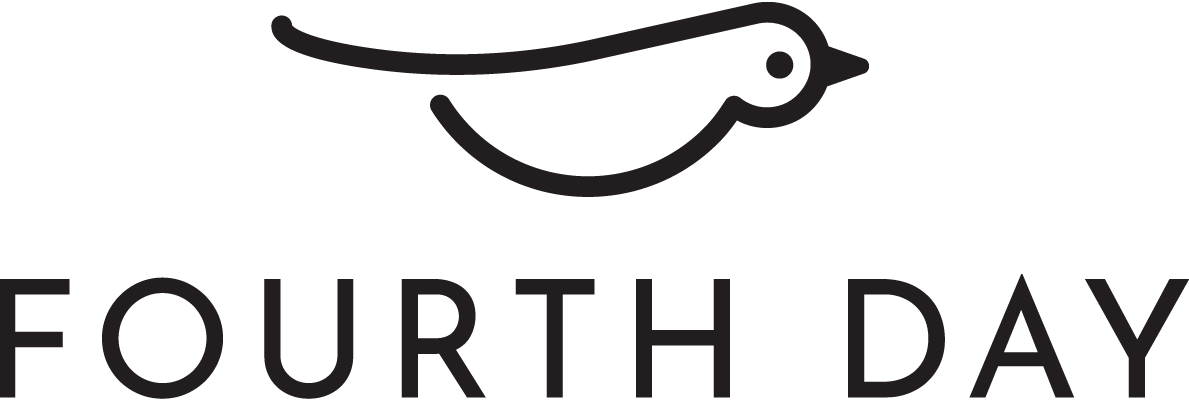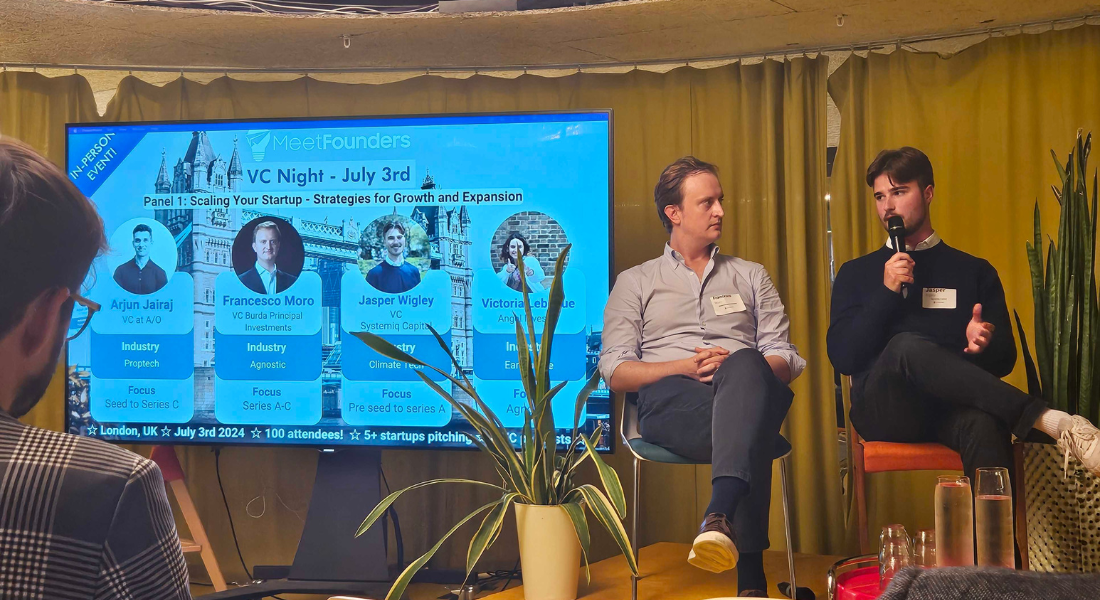H ow can I measure thee? Let me count the ways… I’ve borrowed the phrasing, of course, but it seems an apt way to begin a series of blogs looking at PR measurement.
Evaluation has always been a tricky topic for the PR industry. In some ways there’s good reason for this. Many modern marketing disciplines can be measured purely on data. But, regardless of what anyone claims, I don’t think PR can be measured solely in hard numbers in the same way that other activities can.
Of course, there are valuable metrics. Traffic, engagement, shifts in perception, lead gen and nurturing, but these are often ‘in the moment’ results. They don’t take into account the long-term cumulative and strategic value of having a good reputation, nor can they accurately calculate the damage of a bad reputation. Or the nothingness of no reputation at all.

"One of the reasons the PR industry has been so reticent to discuss measurement is because for years it hid behind the dreaded AVE."
I’ve been around long enough to remember the importance of the phrase ‘column inches’. I can recall getting the ruler out and consulting the huge directory that listed how much it would cost to buy that equivalent size piece in publications across the UK. A weighting was then added based on, well whatever way the wind was blowing if I remember rightly as a 22 year old.
It was neither accurate nor meaningful, but the premise behind it was. Essentially, if a journalist writes about your company favourably, this is thought to give it greater credibility and influence than would be gained simply by placing an ad in the same publication. This still holds true and is what we call ‘earned media’ in new money.
Thankfully, PR has evolved just as much as AVE has gone out of fashion. With the PR remit now spanning earned, owned and paid media, and having a big part to play in content marketing, there are much broader activities and outcomes to measure. There are also more channels to engage with, meaning more data and more opportunities to evaluate.
In this series of blogs my colleagues will look at some of the ways companies are measuring their PR campaigns across media, social and content. They will also look at some of the measurement jargon out there and offer some explanations on everything from DA to OTS.
Fourth Day ‘Can Do’ Measurement
But in this first piece I wanted to highlight the importance of anecdotal evidence as a measurement tool. Anecdotes sound difficult to measure, and they are, because it’s often difficult to extract them from within an organisation. A snatched conversation here, a new LinkedIn connection there – these tiny acorns may lead to something big. But the person on the receiving end might not even recognise this as PR at work – making it even more unlikely that the exchange will get back to the marketing team to enable them to measure it as a result.
Phrases like ‘we’ve seen your name all over the place recently’ or ‘I heard someone talking about you the other day’ are a fantastic way of demonstrating the impact of PR. As an industry we absolutely have to get better at championing them and finding out where they lead.
We work closely with marketing teams to help them draw this information out and to advocate its value internally. It plays a big part in our Can Do measurement methodology.
Can Do is our process for measuring the success of our work.
Based on the principles set out by AMEC it measures the impact of PR by combining numerical metrics with the intrinsic value gained by talking to stakeholders. It’s based on five key areas, all of which require mining information from across a business – something which, in itself, encourages more people to think about the value of PR.
Here’s a snapshot of what we’re trying to learn:
Coverage – this includes the quality of the coverage and its reach
Anecdotes – those conversations that are taking place that can’t be captured any other way than by talking to people
Nurture – looking at how PR has been used to nurture leads or grow existing clients?
Data – Has PR driven a spike in referral traffic, website visits, social engagement etc?
Opportunities – Has PR opened up new opportunities – by reaching new audiences or taking a company into a new direction, for example?
To really understand the value of PR you need to combine metrics that you can measure today with a deeper understanding of how awareness of your company has grown, or perception has shifted, over time. PR is a marathon, not a sprint. Or to pinch another quote: ‘It takes 20 years to build a reputation and five minutes to ruin it. If you think about that, you’ll do things differently.’ (Warren Buffett).
Do get in touch if you’d like to know more about our Can Do approach to measurement.
Share this:





